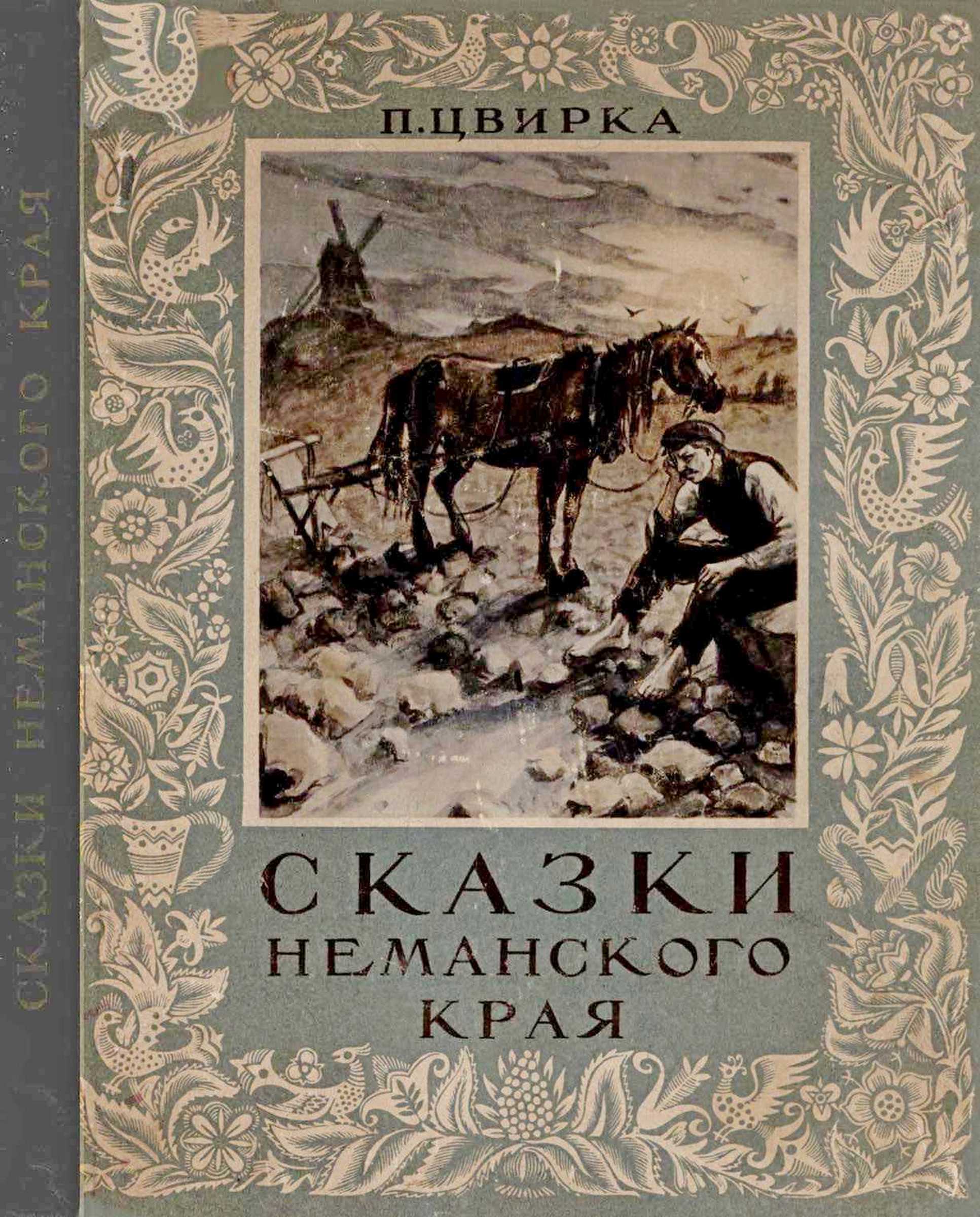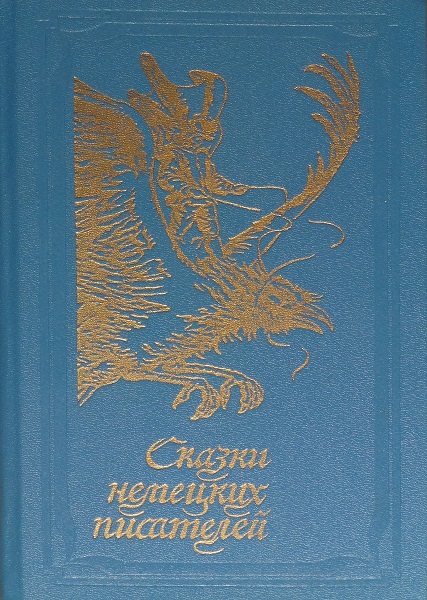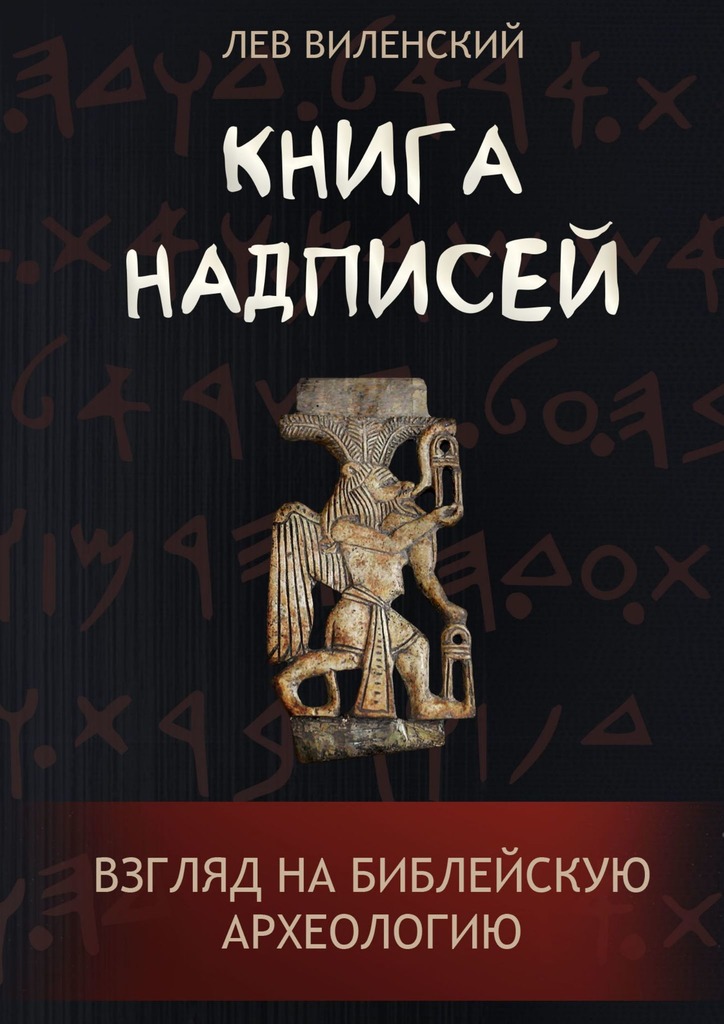Palaeoproteomic Evidence Identifies Archaic Hominins Associated with the Châtelperronian at the Grotte du Renne. Proceedings of the National Academy of Sciences 113(40): 11162–7; Welker, F. 2018. Palaeoproteomics for Human Evolution Studies. Quaternary Science Reviews 190: 137–47.
141
Orlando, L. et al. 2013. Recalibrating Equus Evolution Using the Genome Sequence of an Early Middle Pleistocene Horse. Nature 499: 74–8.
142
Demarchi, B. et al. 2016. Protein Sequences Bound to Mineral Surfaces Persist into Deep Time. eLife 5: e17092.
143
Schroeter, E. R. et al. 2017. Expansion for the Brachylophosaurus canadensis Collagen I Sequence and Additional Evidence of the Preservation of Cretaceous Protein. Journal of Proteome Research 16(2): 920–32.
144
Welker, F. et al. 2020. The Dental Proteome of Homo antecessor. Nature 580: 235–8; Welker, F. et al. 2019. Enamel Proteome Shows That Gigantopithecus Was an Early Diverging Pongine. Nature 576(7786): 262–5.
145
Chen, F. et al. 2019. A Late Middle Pleistocene Denisovan Mandible from the Tibetan Plateau. Nature 569: 409–12.
146
Bailey, S., Hublin, J.-J. and Antón, S. 2019. Rare Dental Trait Provides Morphological Evidence of Archaic Introgression in Asian Fossil Record. Proceedings of the National Academy of Sciences 116(30): 14806–7.
147
Там же.
148
Интересно, что в таких популяциях, как непальцы, трекоренные моляры (3RM) встречаются довольно часто, едва ли не в 25 % случаев, что согласуется с наличием у них других особенностей, пришедших от денисовцев, таких как ген EPAS1. Однако в других частях «денисовского мира», скажем в Папуа – Новой Гвинее и Австралии, 3RM попадаются заметно реже: у австралийских аборигенов их частотность составляет около 12 %. Существует мнение, что наличие этой особенности напрямую связано с такими факторами, как, например, необходимость прикладывать больше жевательных усилий при употреблении грубой пищи (см.: Bailey, Hublin and Antón, 2019).
149
Chang, C.-H. et al. 2015. The First Archaic Homo from Taiwan. Nature Communications 6, Article 6037.
150
Viola, B. et al. 2019. A Parietal Fragment from Denisova Cave. Abstract: 88th Annual Meeting of the American Association of Physical Anthropologists, Cleveland, OH.
151
Buckley, M. et al. 2009. Species Identification by Analysis of Bone Collagen Using Matrix-Assisted Laser Desorption/Ionisation Time-of-Flight Mass Spectrometry. Rapid Communications in Mass Spectrometry 23: 3843–54.
152
Welker, F. et al. 2015. Using ZooMS to Identify Fragmentary Bone from the Late Middle/Early Upper Palaeolithic Sequence of Les Cottés, France. Journal of Archaeological Science 54: 279–86.
153
Brown, S. et al. 2016. Identification of a New Hominin Bone from Denisova Cave, Siberia Using Collagen Fingerprinting and Mitochondrial DNA Analysis. Scientific Reports 6, Article 23559. https://doi.org/10.1038/srep23559.
154
Slon, V. et al. 2018. The Genome of the Offspring of a Neanderthal Mother and a Denisovan Father. Nature 561(7721): 113–16.
155
www.nature.com/articles/d41586-018-06004-0.
156
Prüfer, K. et al. 2014. The Complete Genome Sequence of a Neanderthal from the Altai Mountains. Nature 505(7481): 43–9.
157
Мы продолжили применять ZooMS к материалам из Денисовой пещеры в ходе текущей работы Катерины и докторского исследования Сэм. На июнь 2020 г. мы идентифицировали 9 костей гоминин из примерно 10 000 обломков – менее одной находки на тысячу костей. За 4 года ZooMS увеличила общее число человеческих останков, обнаруженных в Денисовой пещере, более чем вдвое. Там может содержаться около 135 000 костей, из которых 128 000 не были идентифицированы в 1986–2010 гг., так что у нас есть шансы отыскать в этом месте порядка 100–110 костных фрагментов гоминин – в месте, которое было занято людьми в течение 200 000 лет.
158
Libby, W. F., Anderson, E. C. and Arnold, J. R. 1949. Age Determination by Radiocarbon Content: World-Wide Assay of Natural Radiocarbon. Science 109: 227–8.
159
Higham, T. F. G. et al. 2014. The Timing and Spatiotemporal Patterning of Neanderthal Disappearance. Nature 512: 306–9.
160
Reich, D. et al. 2010. Genetic History of an Archaic Hominin Group from Denisova Cave in Siberia. Nature 468: 1053–60.
161
В 2011 г. Майкл Бэтлер написал для журнала Science замечательную рецензию на их работу: https://science.sciencemag.org/content/332/6030/658.1.summary.
162
McGrayne, S. B. 2011. The Theory That Would Not Die: How Bayes' Rule Cracked the Enigma Code, Hunted Down Russian Submarines, & Emerged Triumphant from Two Centuries of Controversy. New Haven: Yale University Press.
163
Buck, C. E., Cavanagh, W. G. and Litton, C. D. 1996. Bayesian Approach to Interpreting Archaeological Data. Chichester: John Wiley and Sons.
164
Douka, K. et al. 2019. Age Estimates for Hominin Fossils and the Onset of the Upper Palaeolithic at Denisova Cave. Nature 565: 640–44.
165
Стоянки на рис. 23 расположены в соответствии с: Kuhn, S. and Zwyns, N. 2014. Rethinking the Initial Upper Paleolithic. Quaternary International 347: 29–38.
166
Belfer-Cohen, A. and Goring-Morris, A. N. 2017. The Upper Palaeolithic in Cisjordan. In Y. Enzel and O. Bar-Yosef (eds.), Quaternary of the Levant: Environments, Climate Change, and Humans, Cambridge: Cambridge University Press, pp. 627–37.
167
Rose, J. I. and Marks, A. E. 2014. 'Out of Arabia' and the Middle-Upper Palaeolithic Transition in the Southern Levant. Quartär 61: 49–85.
168
Bergman, C. A. and Stringer, C. B. 1989. Fifty Years After: Egbert, an Early Upper Palaeolithic Juvenile from Ksar Akil, Lebanon. Paléorient 15(2): 99–111.
169
История этих злоключений изложена по письму с воспоминаниями о событиях в Ливане, первый экземпляр которого в июне 1966 г. отец Франклин Юинг отправил д-ру Джону Отису Брю, а копию – профессору Халламу Мовиусу. Я благодарен д-ру Катерине Дуке, отыскавшей его в архивах Музея археологии и этнологии Пибоди (Кембридж, Массачусетс).
170
Bolton, B. 1953. The Great Adventures of Egbert! The Ram (Fordham College newspaper) 335 (29 октября 1953 г.): 3–5. Из этой публикации следует, что «Эгберт» вернулся в Ливан на судне 28 октября 1953 г.
171
Bergman and Stringer 1989.
172
Kuhn and Zwyns 2014.
173
Dalén, L. et al. 2012. Partial Genetic Turnover in Neandertals: Continuity in the East and Population Replacement in the West. Molecular Biology and Evolution 29(8): 1893–7.
174
Müller, U. C. et al. 2011. The Role of Climate in the Spread of Modern Humans into Europe. Quaternary Science Reviews 30(3–4): 273–9.
175
Shunkov, M. V., Kozlikin, M. B. and Derevianko, A. P. 2020. Dynamics of the Altai Paleolithic Industries in the Archaeological Record of Denisova Cave. Quaternary International https://doi.org/10.1016/j.quaint.2020.02.017.
176
Moorjani, P. et al. 2016. A Genetic Method for Dating Ancient Genomes Provides a Direct Estimate of Human Generation Interval in the Last 45,000 Years. Proceedings of the National Academy of Sciences 113(20): 5652–7; Racimo, F., et al. 2015. Evidence for Archaic Adaptive Introgression in Humans. Nature Reviews Genetics 16: 359–71 (Рис. 28 был создан на основе этой статьи.)
177
























